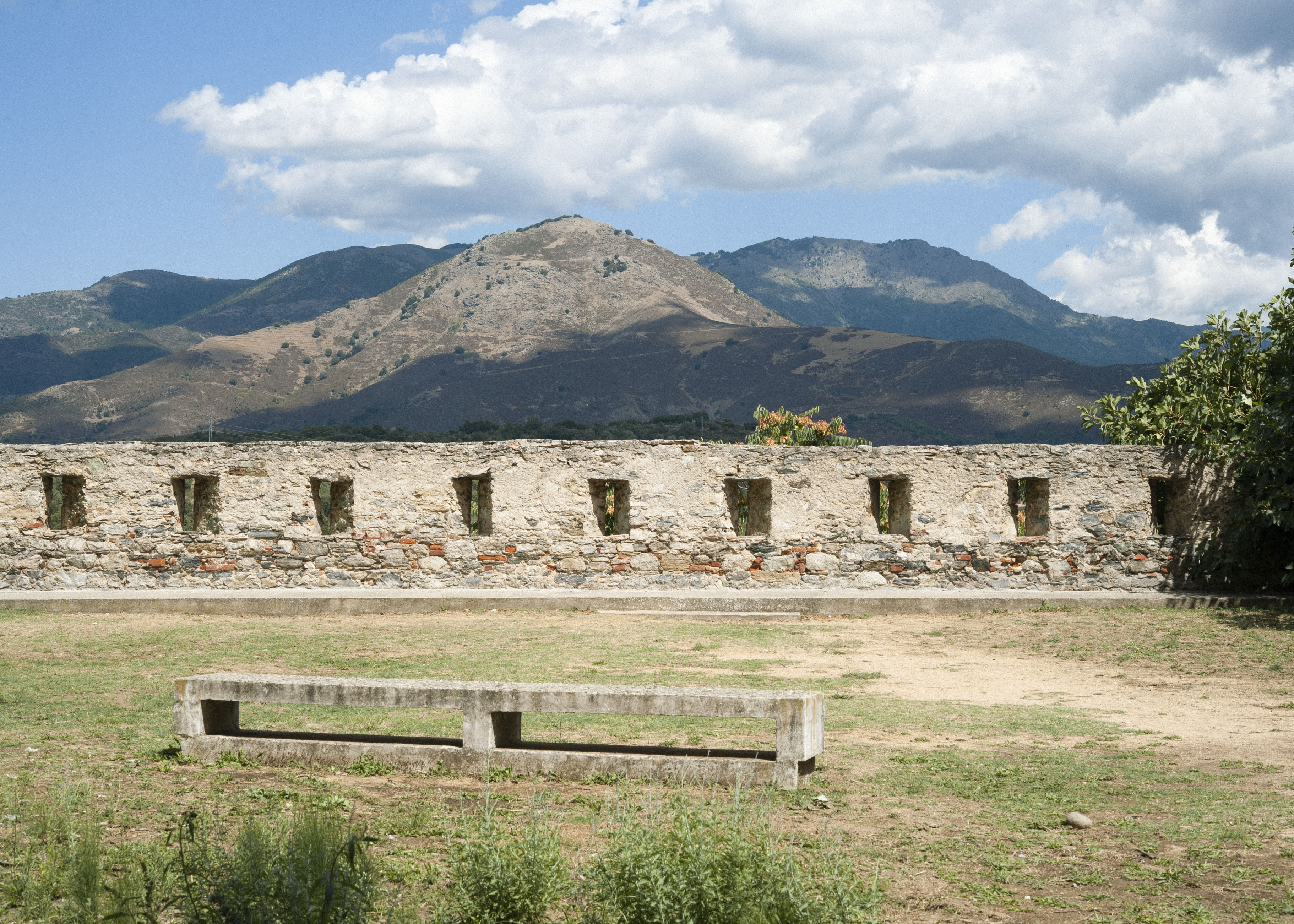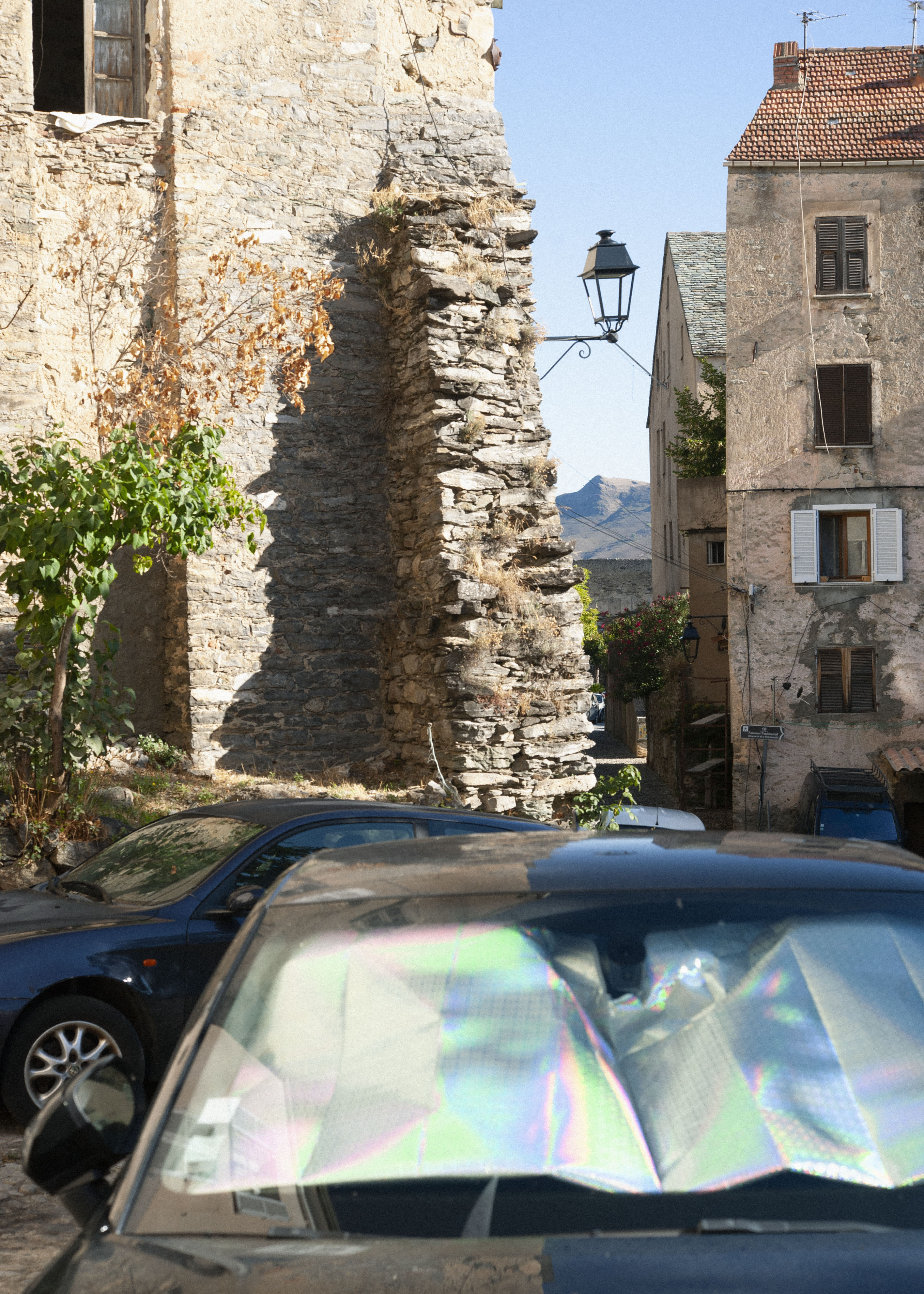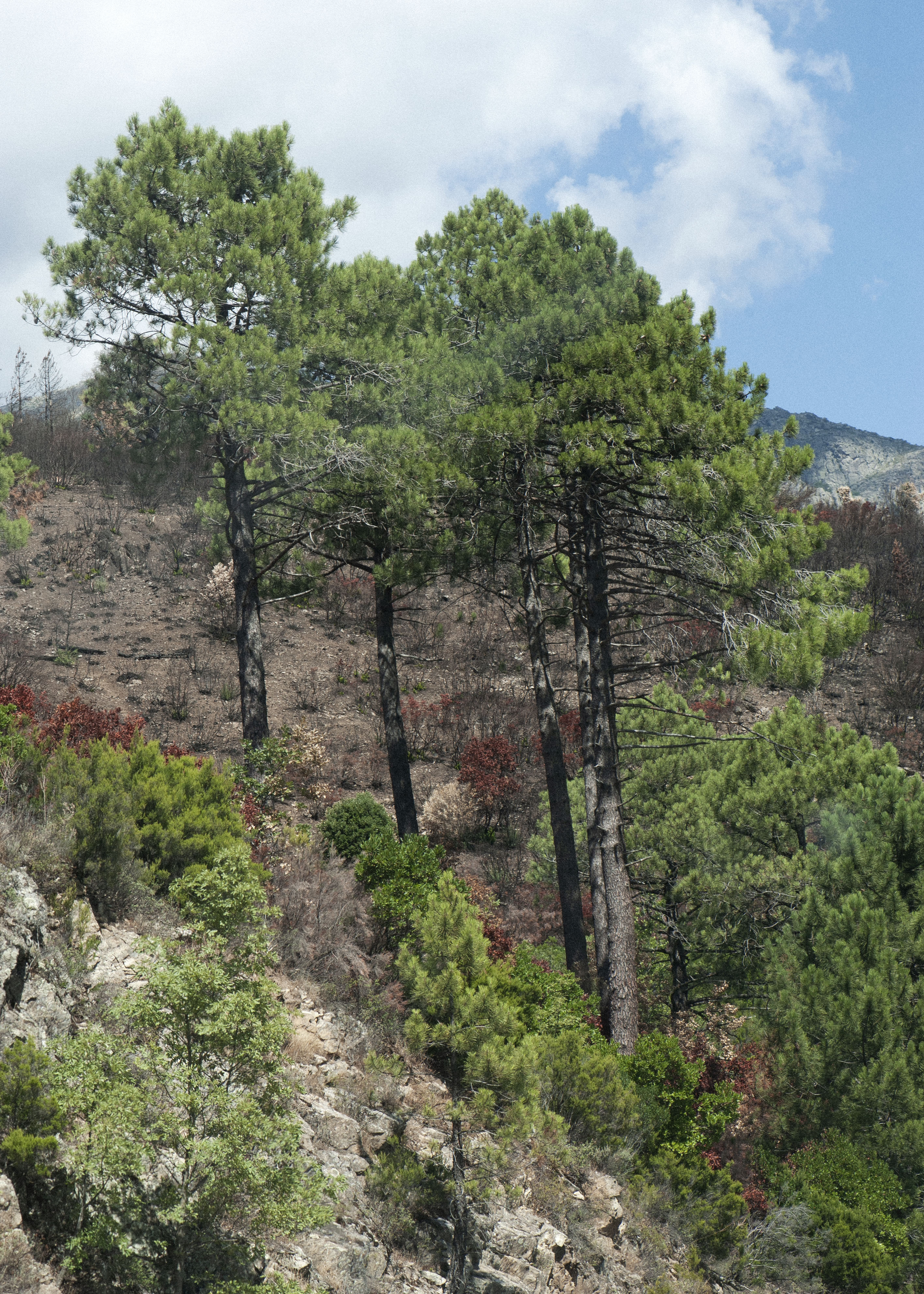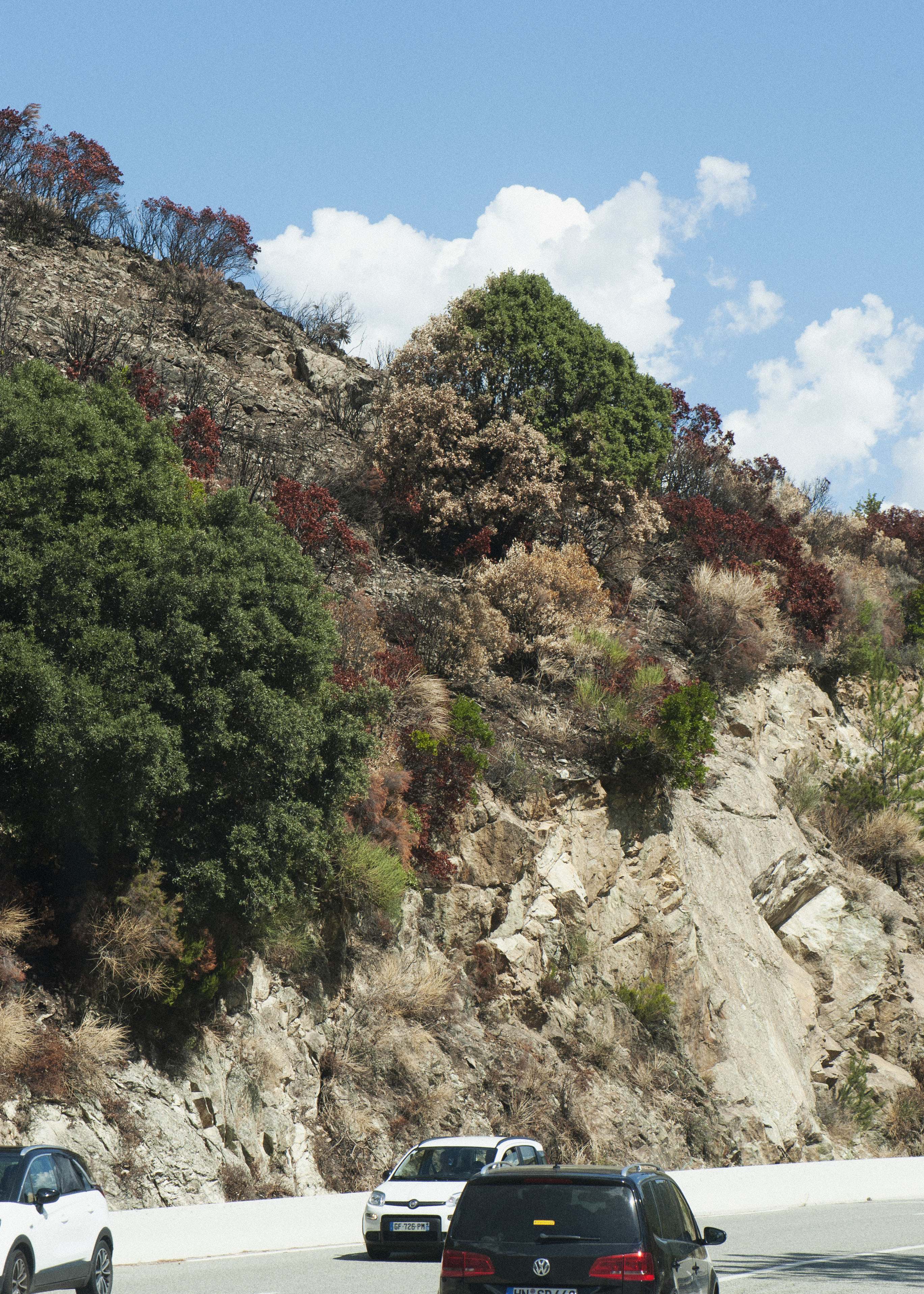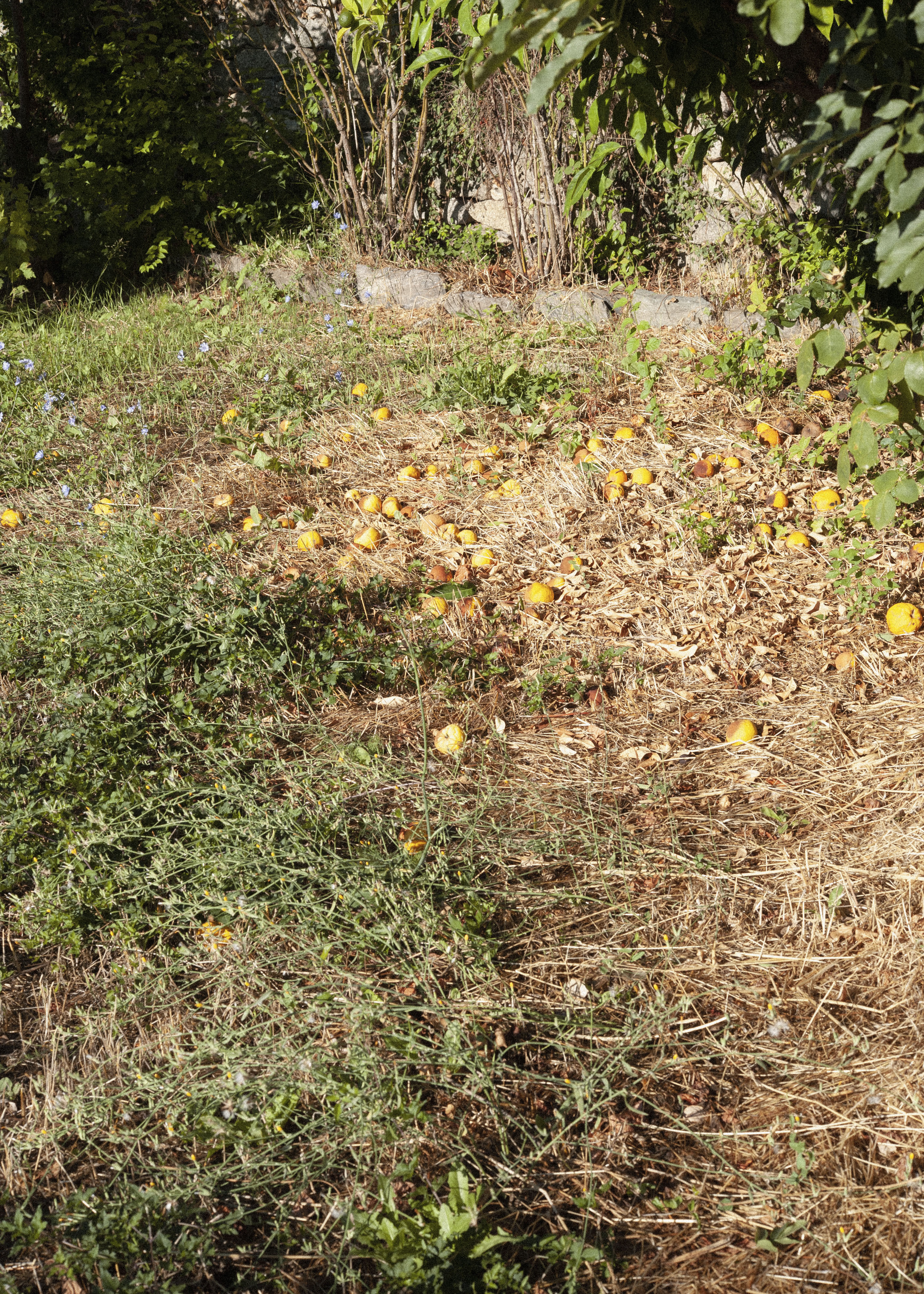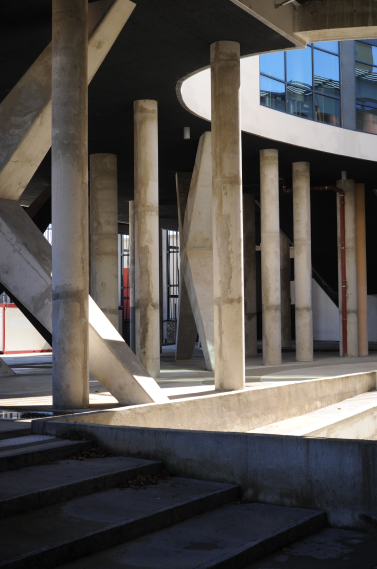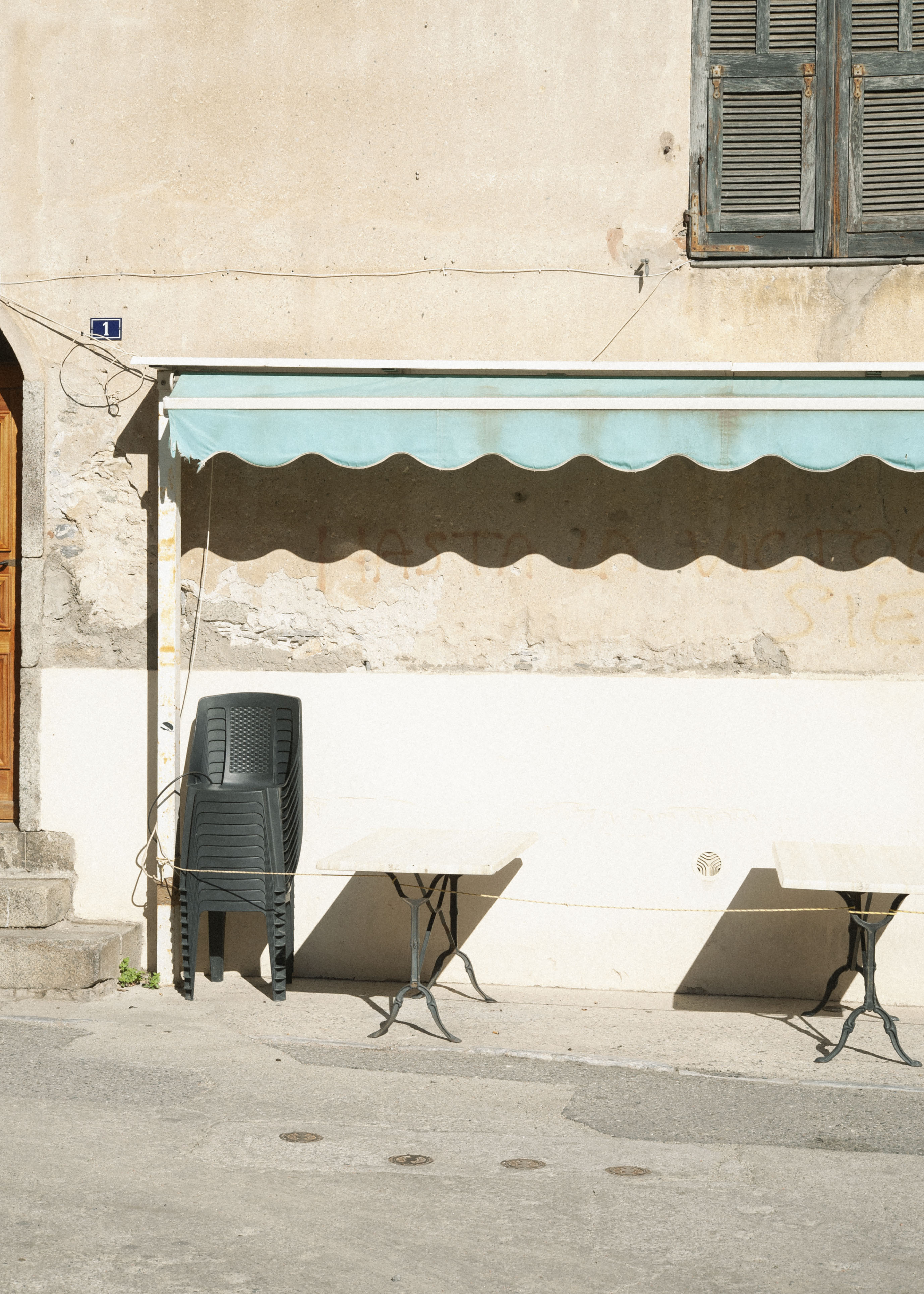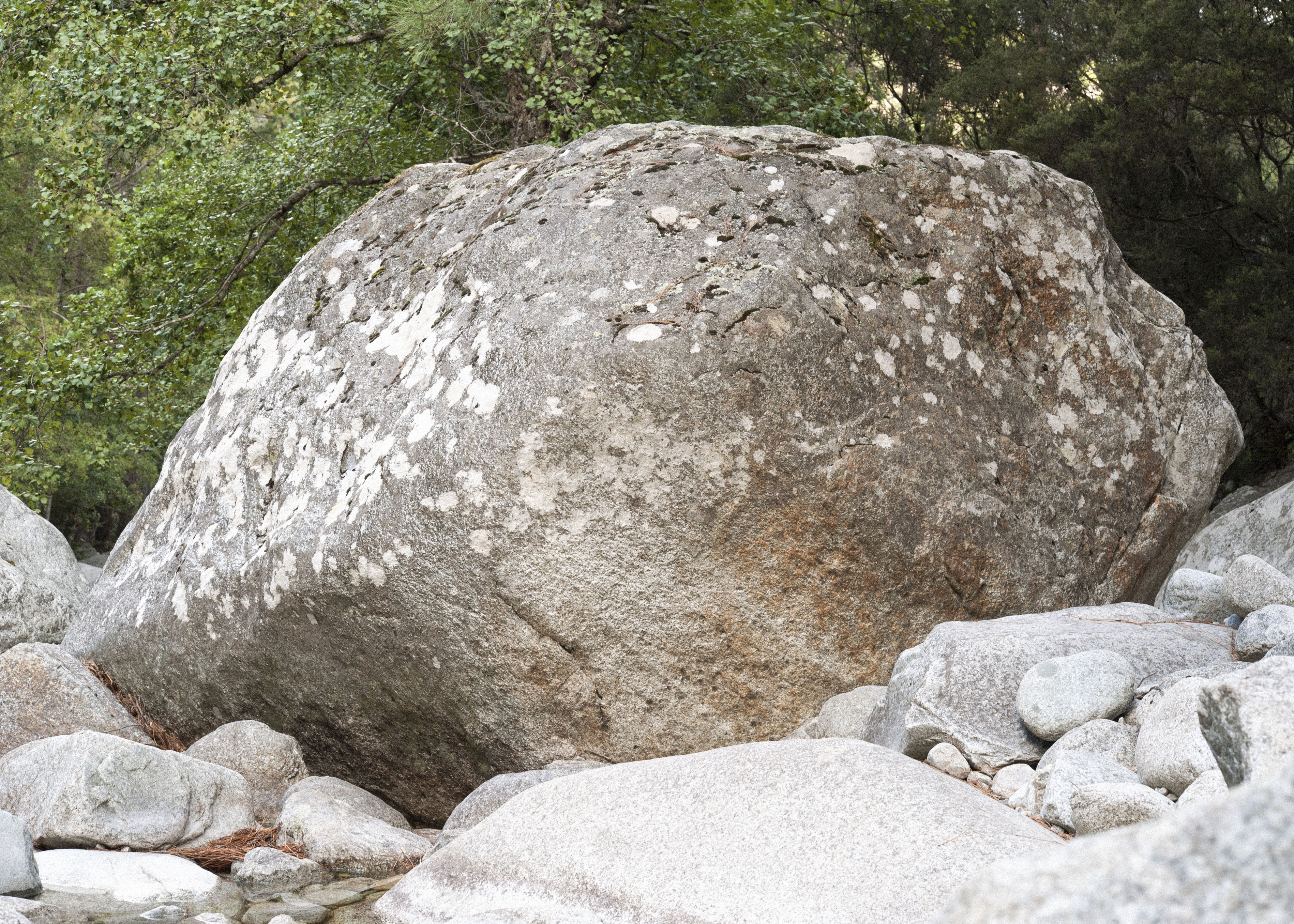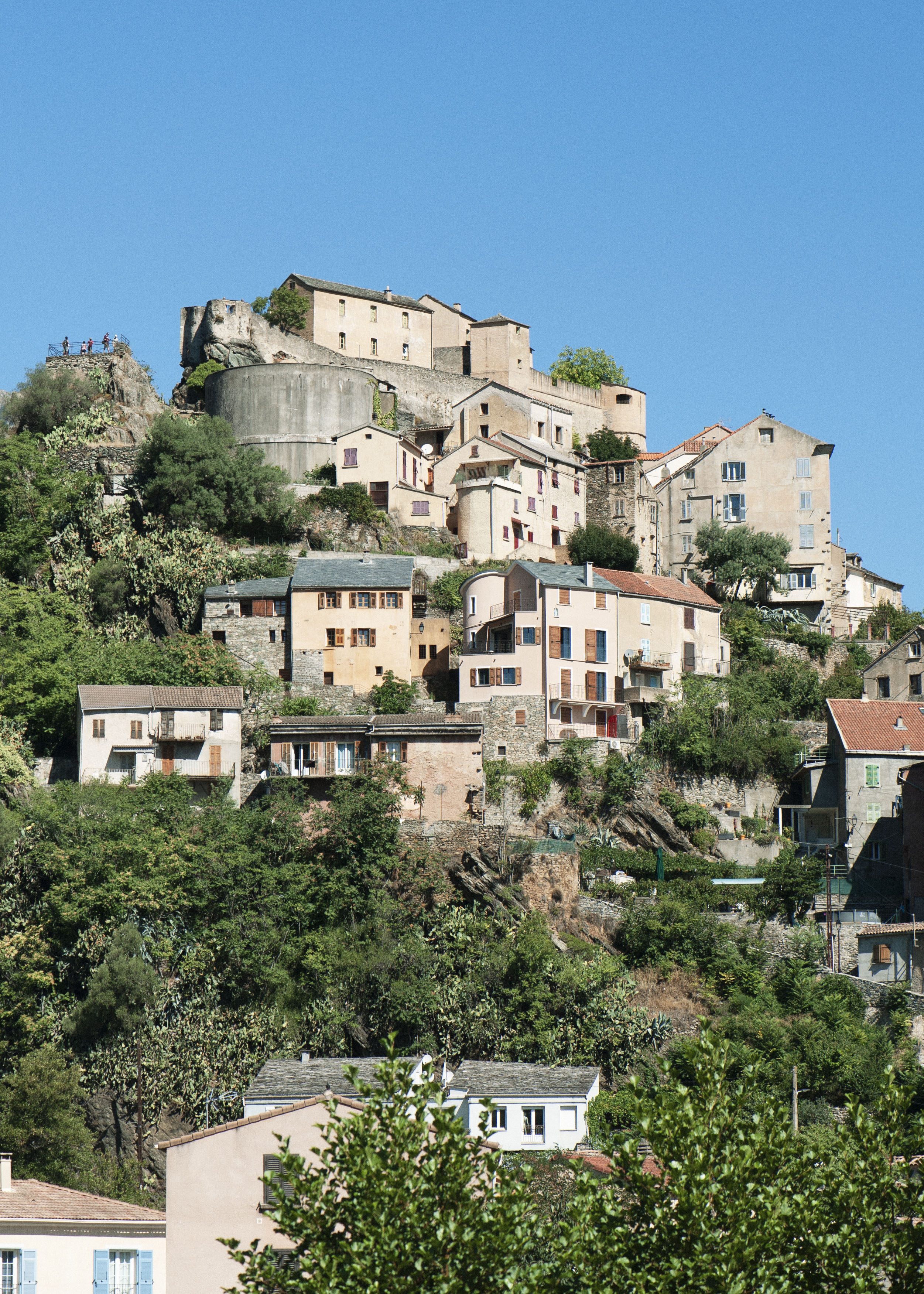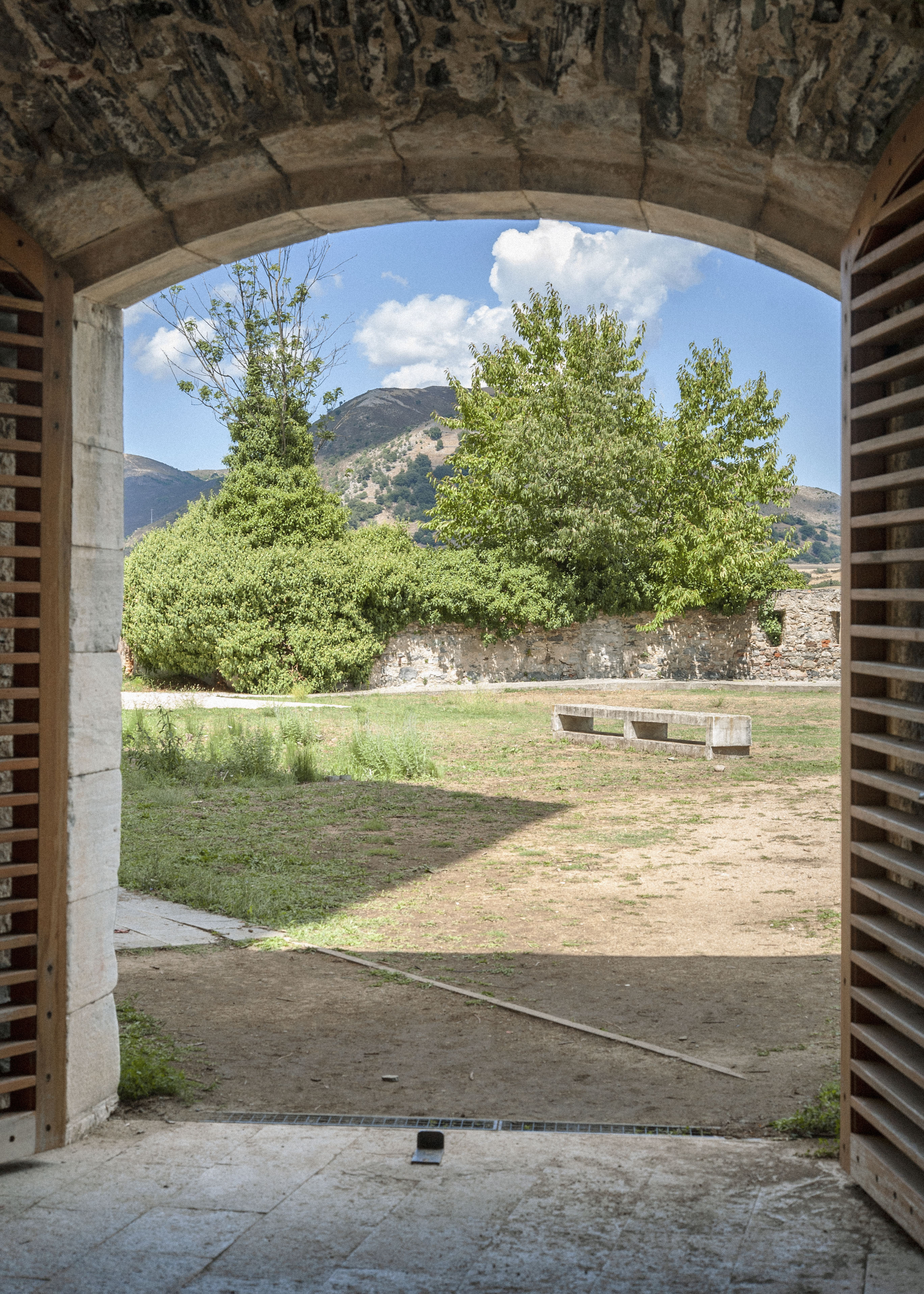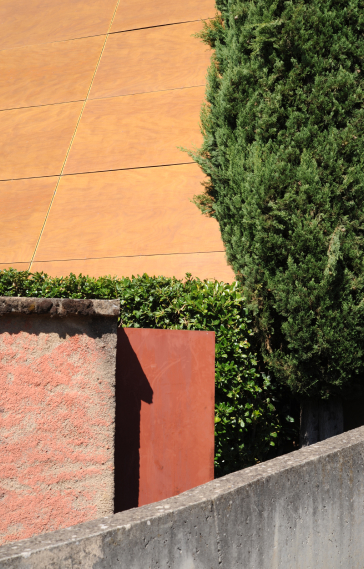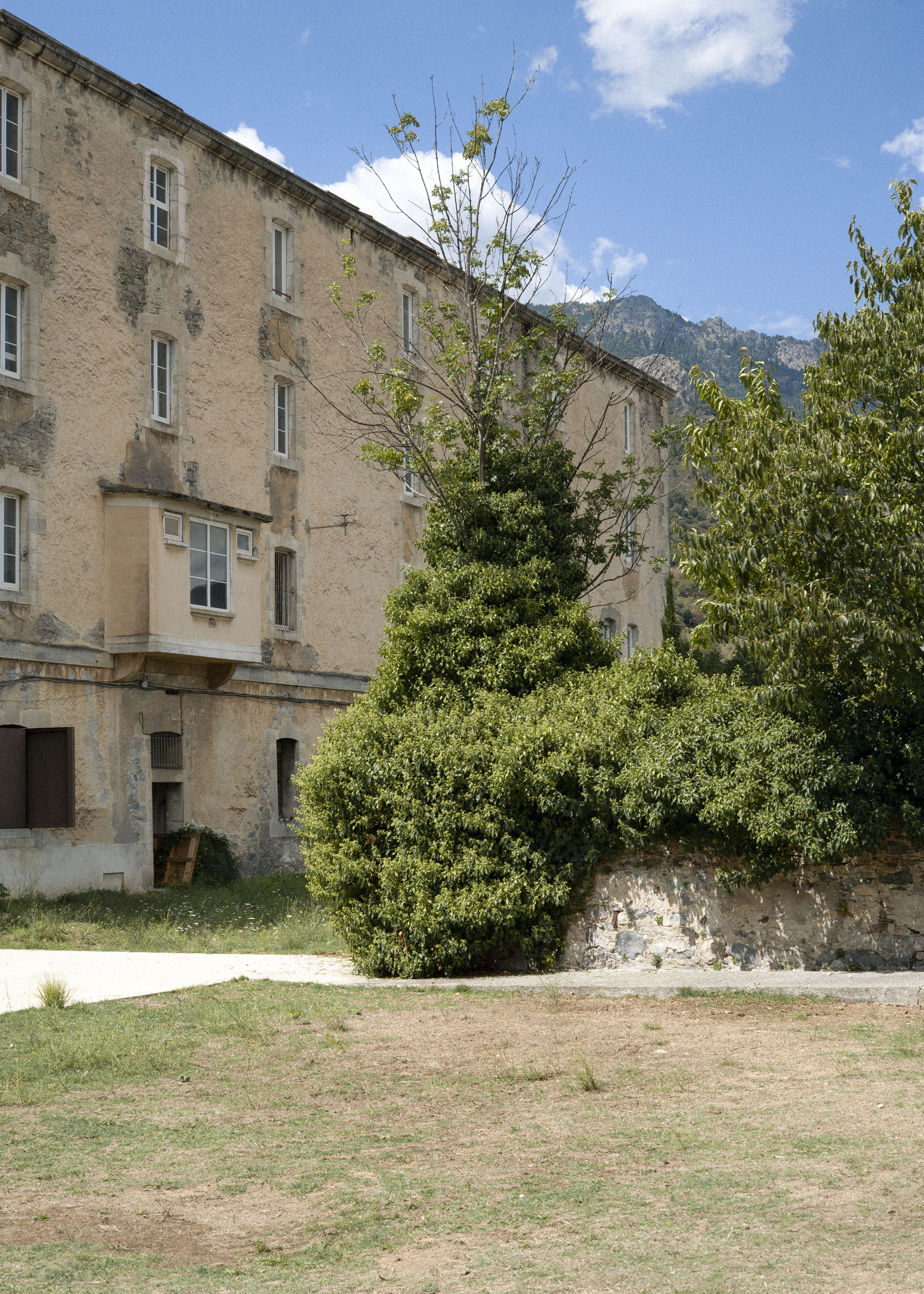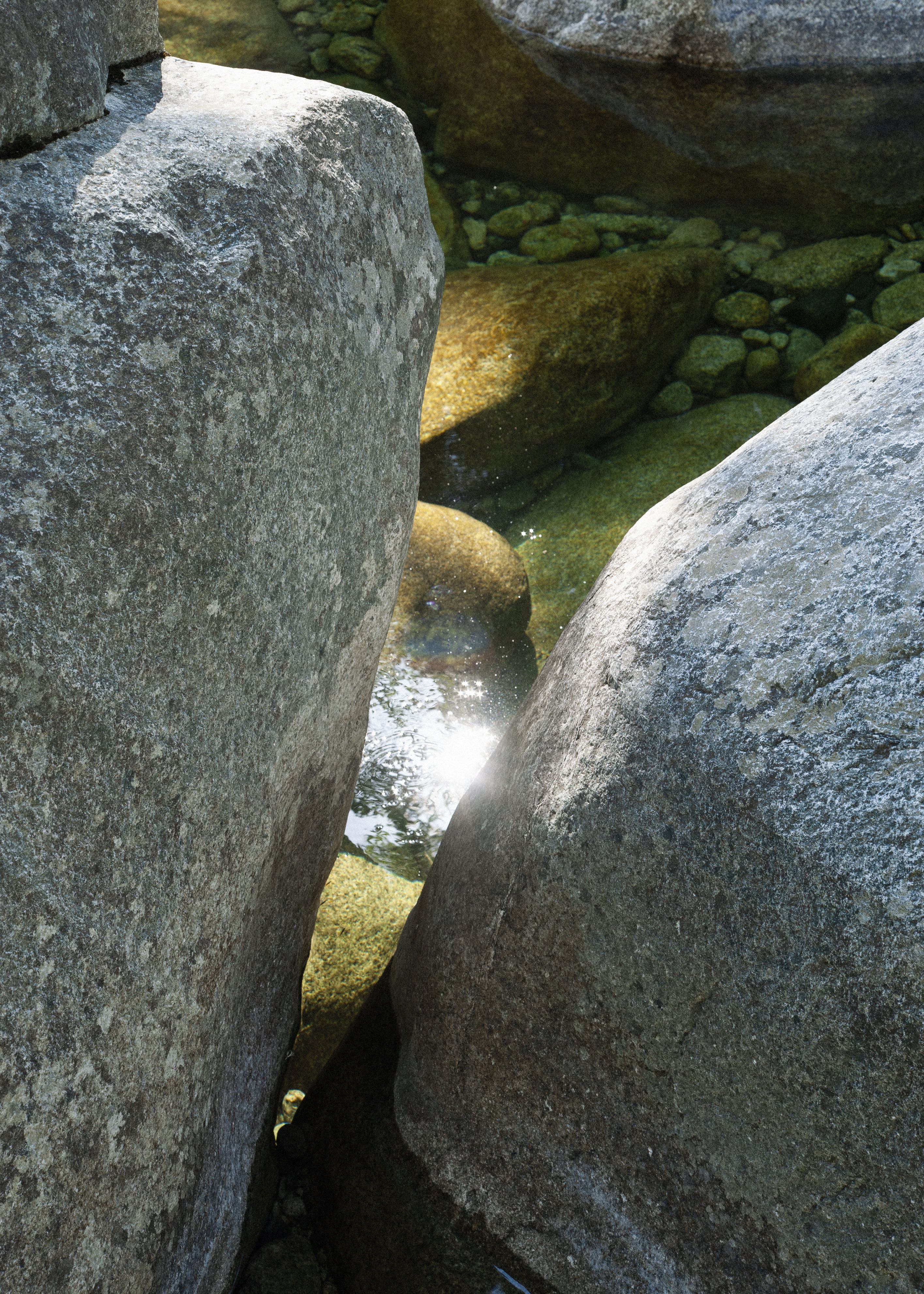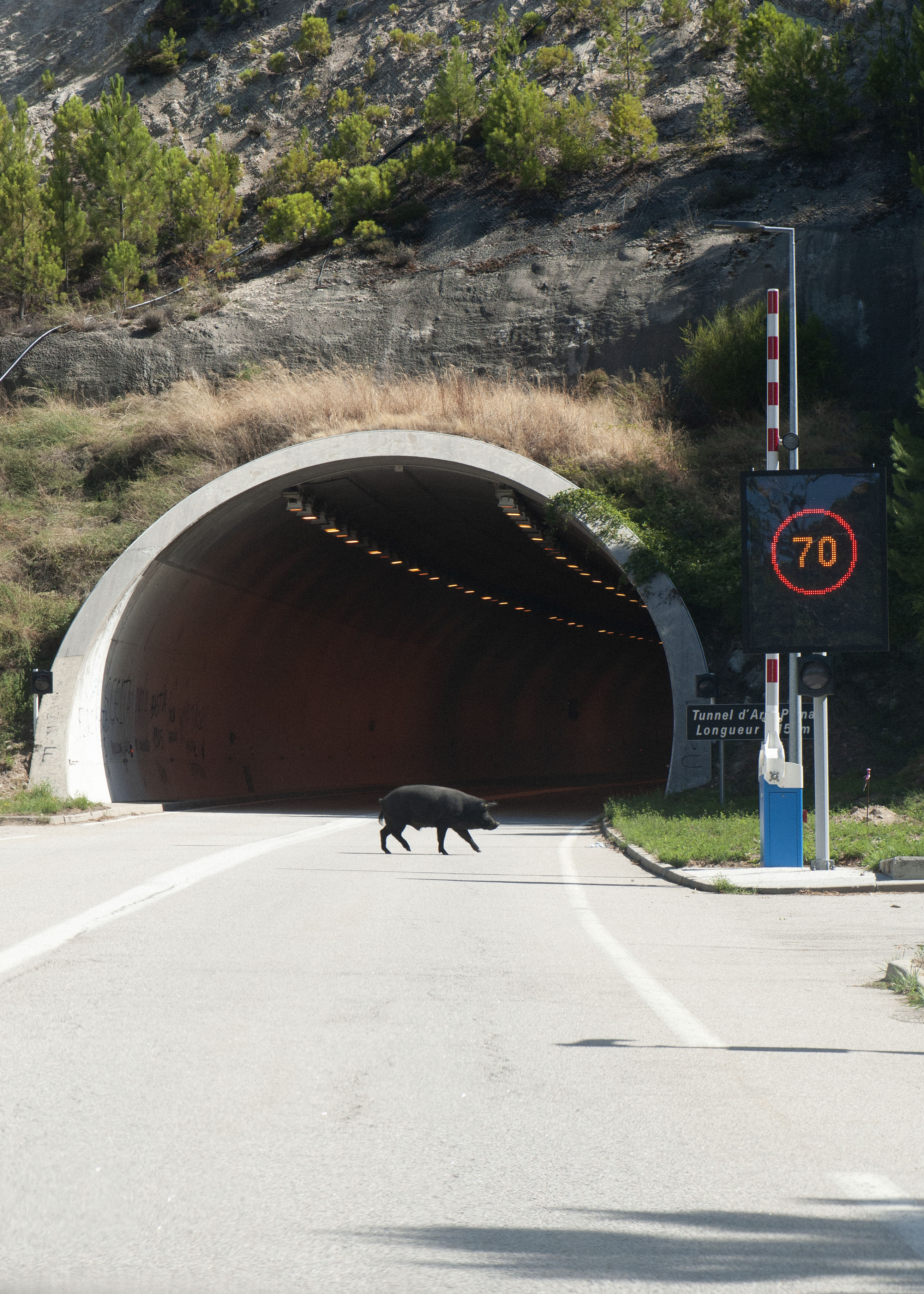General Presentation
The FRAC Corsica, the first institution of the island registered on a national and European network, constitutes and manages a collection of international contemporary art which counts 521 works. It is the second public art collection in Corsica after the Palais Fesch - Musée des Beaux-Arts. It is structured around two axes: the first is linked to the problems of the Anthropocene, which renews approaches to landscape and gives a primordial place to the environment, and the second around questions of identity and territory in a critical perspective that questions both history and the present. It includes a significant set of works from the 1980s and 1990s and makes a large part to the prospective.
The FRAC Corsica realizes, throughout the island, the diffusion of the works of the collection by programs of exhibitions, presentations of works and operations of mediation in direction of diversified public. The sector of the mediation conceives and animates creative workshops which concern the youngest to the residents of EHPAD. To promote a shared knowledge of contemporary art, it organizes training sessions and discussions around the works. It leads a policy of exchanges and partnerships, on the territory with museums, the University and cultural associations, and outside with the countries of the Mediterranean.
The FRAC supports young creation with a particular attention to the artists of Corsica. It develops with artists specific projects conceived in the island. In relation with its program of diffusion, it organizes residencies, some of which give rise to workshops that are part of partnerships with the national education, training centers as well as various communities and institutions on the island and outside.
The laws of decentralization have made Corsica the first territory to assume all the competences in numerous domains, including that of culture, which requires particular attention. The island is lived as a singular space, but which also exists in its relation with the world, relation which connects it to a vast reality and, at the same time, specifies it in its authenticity. The island is situated as an identified territory on the globe that includes it and of which it participates in the overall design. This is why its relationship with the "outside" is important. This is why its inhabitants are demanding as for the image of this territory which must be right and of which they intend to carry the radiation in agreement with their convictions.
The collection of the FRAC Corsica is as much a tool of knowledge and reflexion as a testimony of its links with the actuality of a contemporary creation which today largely exceeds the borders of Europe and goes beyond the models. In this new distribution of interests and influences, the collection of contemporary art of Corsica affirms its coherence. It was built with a concern for reference to its geographical context and from its singularity. With a great requirement in the definition of main axes and the choice of the works, the experts who succeeded one another in the technical committee worked out proposals which gave to the collection its width, its depth, its relevance and its dynamism. Historical lines, a work with the emerging scene, as well as a particular attention to the artists of Corsica working in the field of the contemporary art, structured a whole of a remarkable quality. The collection makes it possible to elaborate very structured educational actions; the young creation to whom it gives research tracks is accompanied and reinforced by the FRAC in the definition of projects.
The history of the FRAC knew a very painful episode with the fire of a part of its reserves in Corti in 2001. It is Corsica which had to live this drama whereas the FRAC(s) wondered about the necessary evolution of their equipment. This disaster had for effect to alert on an insufficiency already denounced by the directors of these structures. The mobilization of artists, galleries, the involvement of the members of the technical committee, the elected officials, the provisions granted by the insurances, the support of the professional network and the dynamism of a welded team gave back its collection to Corsica. From 2003 to 2008, a work of consultation, fruitful exchanges, generous gestures, concrete administrative and technical measures have concurred in an unprecedented way to establish the reputation of this collection which at the same time has never ceased to grow richer.
I wished that the works of the FRAC Corsica could be seen more widely by the public. The development of the exhibition rooms in Corti, completed in 2011, was a start, but the Collectivity of Corsica does not intend to stop there. Other spaces dedicated to the FRAC's activity programs and their development are being studied. Thus the collection will be able to spread out on the territory. We will also be able to see, definitively installed, the monumental work, conceived in Morsiglia by Claudio Parmiggiani who generously donated it to Corsica.
The accessibility of the collection and programs of the FRAC on the net is the first significant progress that I wanted to engage. The essence of contemporary art is in its relationship to life, it must be seen and the experiences it offers shared by all. The more this important part of the heritage that is the collection of contemporary art of Corsica will be known and the more it will be appreciated as a wealth and as a space of exchanges.
Gilles SIMEONI
President of the Executive Council of Corsica
President of the Council of FRAC Corsica
